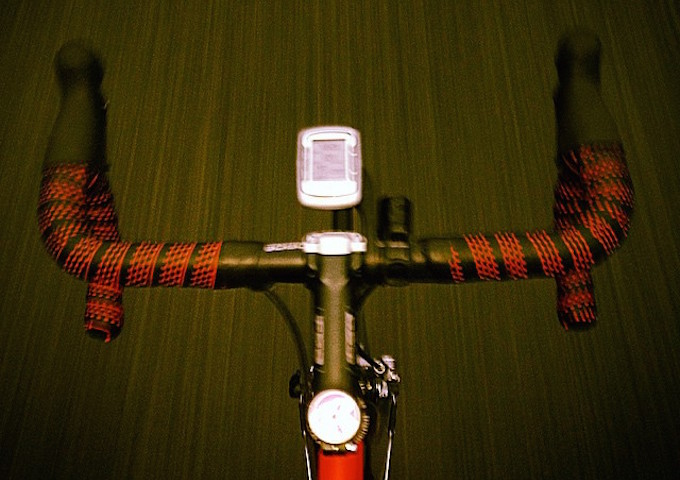Data
-

Photo: jonoir/Instagram
-

-

Every little second matters!
-

-

-

Data
The wealth of data that is provided by your recording device can be huge. Time, distance, pedal cadence, power, heart rate, speed, calories burned and average gradient can all be calculated without too much tech.
Pros
This range of measurements can be helpful if you’re training for a specific race and want to improve a particular aspect of your performance. Some of these numbers can be worked out using maths and a pen, but other calculations are only possible with the advent of GPS.
Those who want to understand their ride fully can consult their heart rate data, and then compare it to their speeds, output and location at the time of the HR reading. This enable athletes to understand more fully how the geography of a route has effected them, and also to make sure they don’t over-train.
8 of the Best Bicycle Computers
Cons
Too much data can effect your ability as an athlete to judge your own performance. It’s important to listen to your body and to be able to understand the difference between extreme suffering of the good kind, and extreme suffering of the dangerous kind. If you are relying on an HR or power reading to tell you when you’re pushing yourself, then you’re probably not very in-tune with your body.
Many athletes will train without a monitor in front of them, but will look at the data afterwards to gauge how well their perception of the ride matched with reality. This, of course, works in the opposite way: train without any data and risk thinking that you can’t push any further, when in fact you’ve got a lot more to give.





